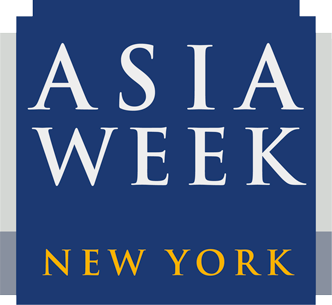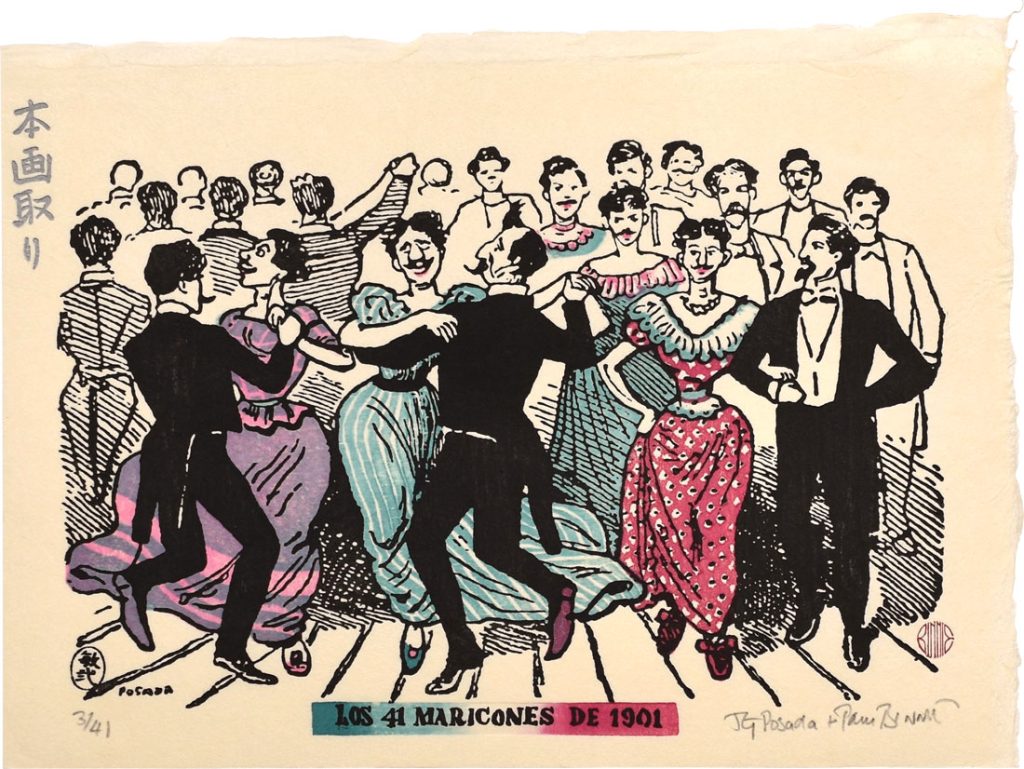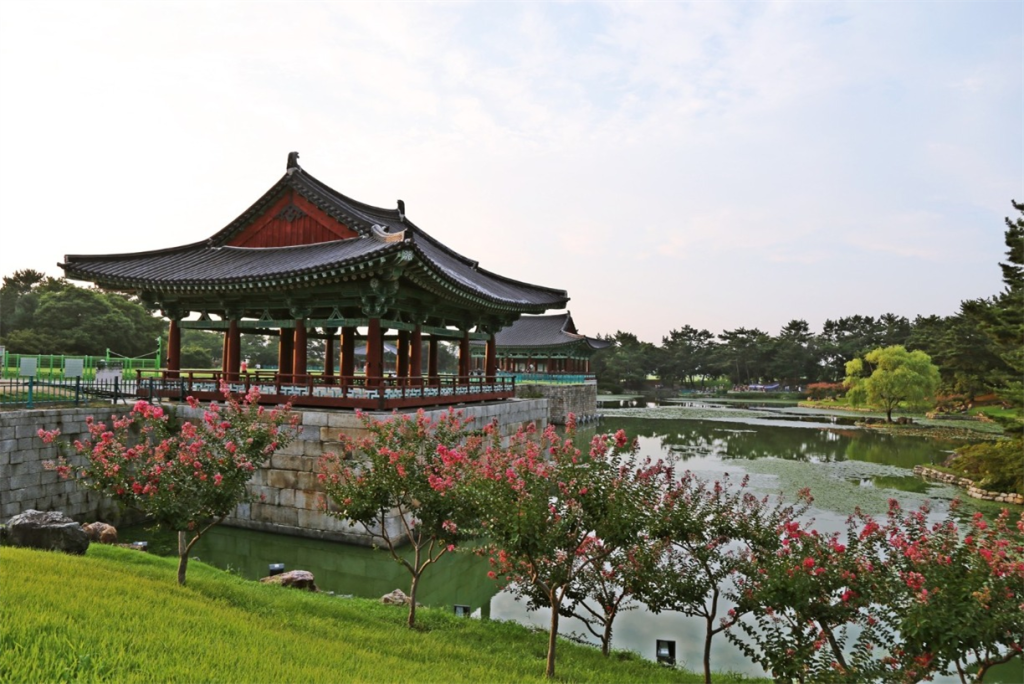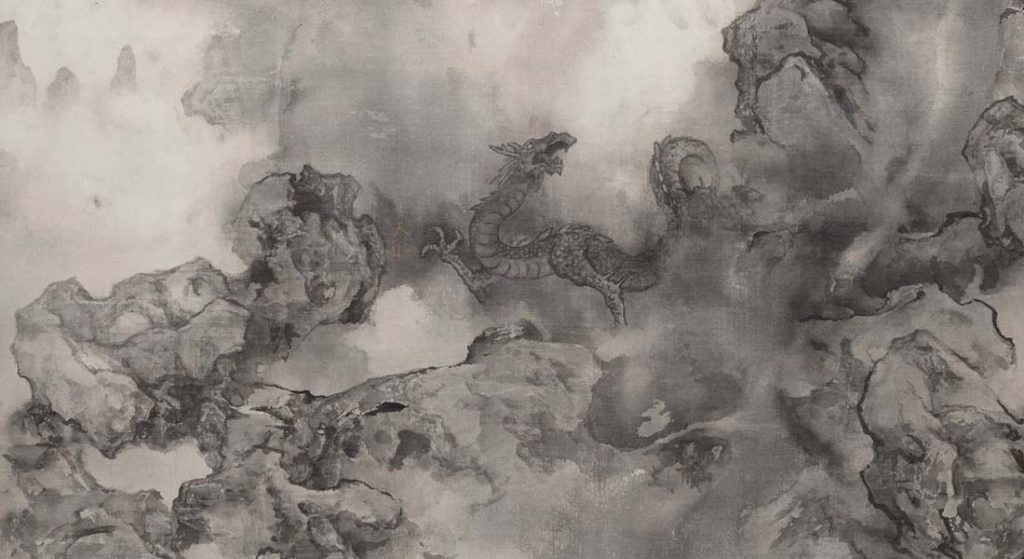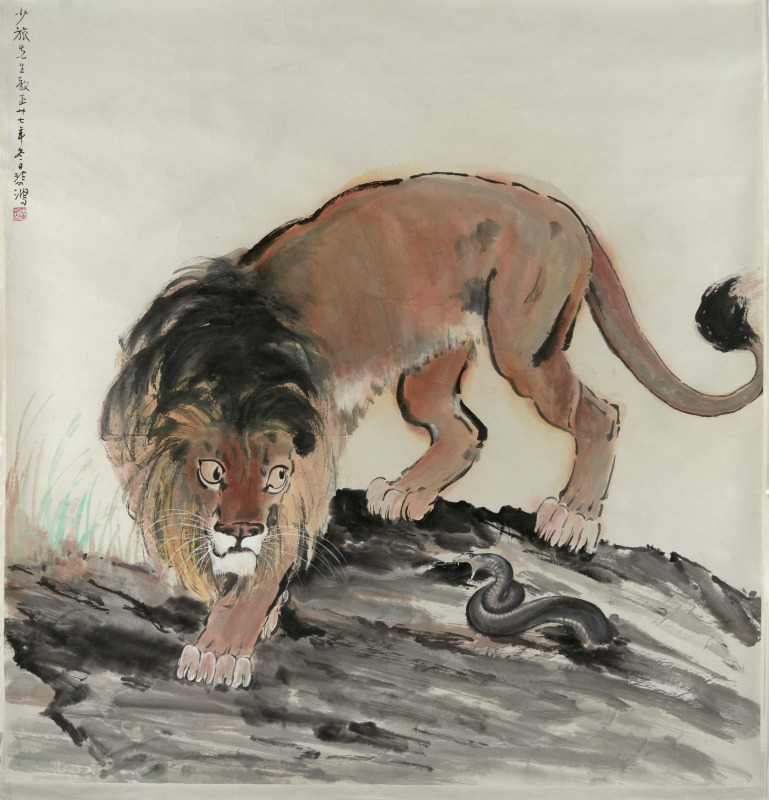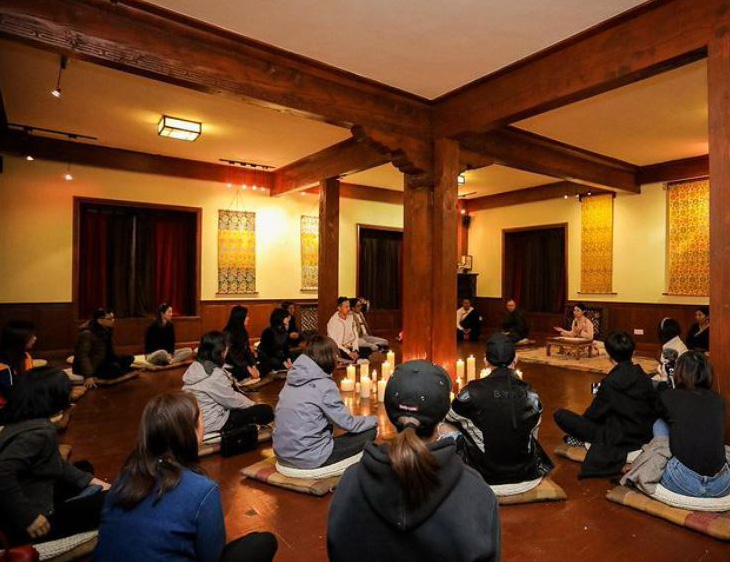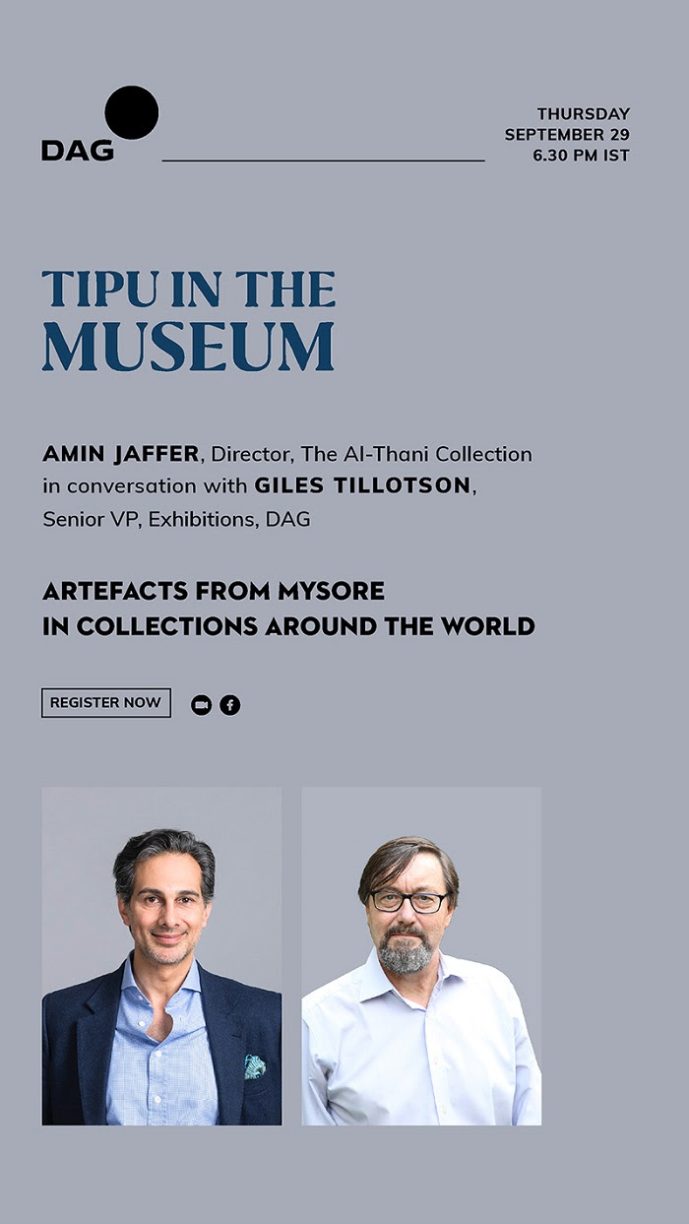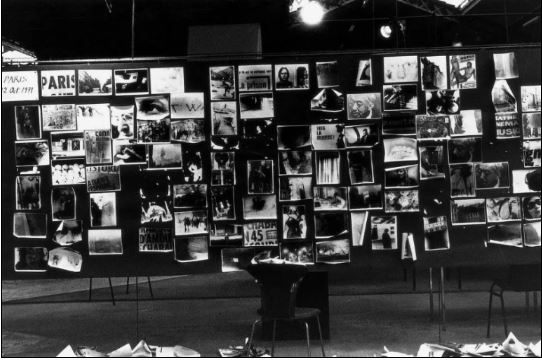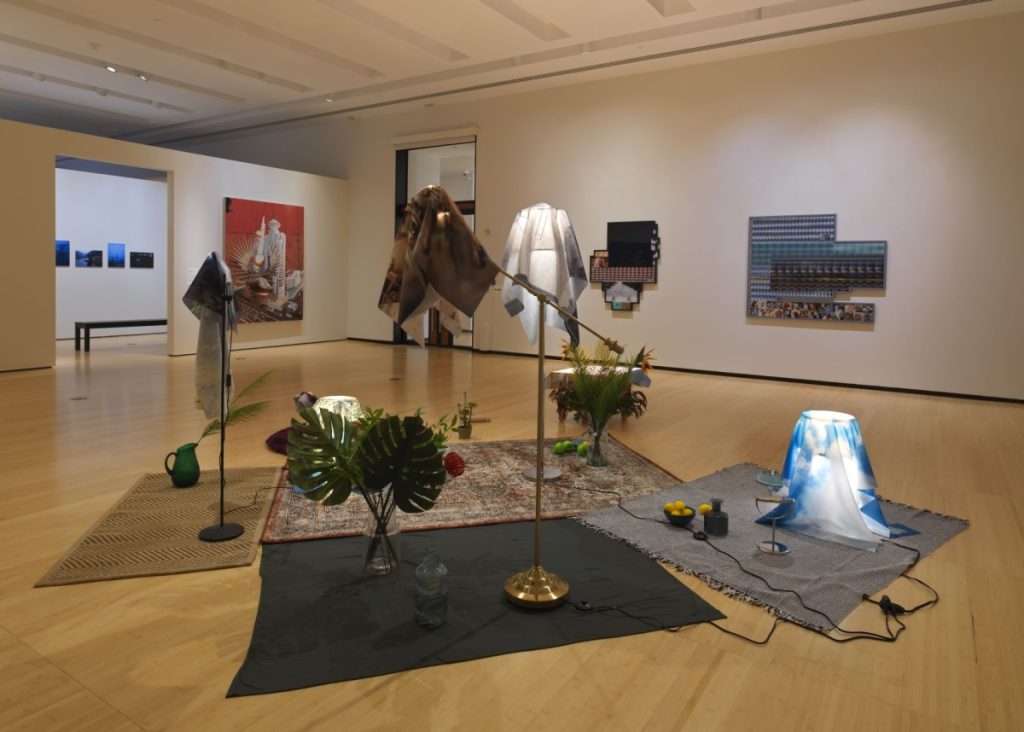
Asia Society Museum Mirror Image installation view © Bruce M White 2022
Curating Contemporary Asian Art: A Conversation, Asia Society New York
Live and on-line program, October 6, 6:30-8pm
Join Asia Society for a conversation about a new generation of young Asian curators creating a different and fascinating dialogue around Asian art exhibitions in the United States. Scholar Amy Kahng will discuss the curatorial disciplines from an academic perspective; Yiwei Lu, a Los Angeles-based curator, gallerist, filmmaker, and writer will bring in the unique perspective of the West Coast pop-up exhibition strategy; and Phil Cai, partner at Eli Klein Gallery, will address the commercial aspects of curation. Moderated by Hongzheng Han, guest curatorial assistant for the Asia Society Museum exhibition Mirror Image: A Transformation of Chinese Identity.
The exhibition will be open from 5:30-6:30 for audience members. Read more and register, click here.
